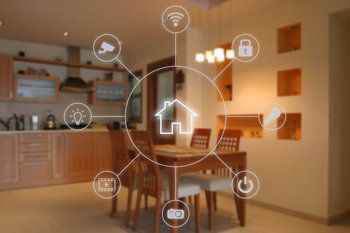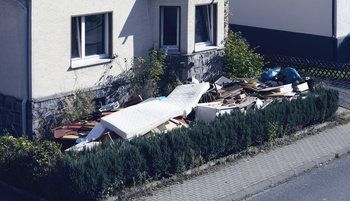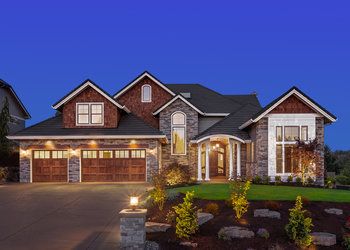 By guest author Karen Heywood Queen
By guest author Karen Heywood Queen
If you're trying to save money by cutting energy costs this year, you can wage thermostat battles with your family, or you can make some energy efficient home improvements. Even small leaks in your home's ductwork can reduce the effectiveness of your AC or heating unit by nearly a third, says Jerold Davis, manager of TexEnergy Solutions of Irving, Texas.
Yet, energy efficient home improvements go beyond sealing up ductwork. Here are four projects that can help you save serious cash on utility bills.
1. CFL or halogen light bulbs
Let's begin with simplest, most inexpensive green home improvements: installing energy-efficient light bulbs.
Replacing incandescent light bulbs with more energy-efficient CFL or halogen bulbs is one of the most effective changes you can make to save money.
If you tried CFLs a few years ago and didn't like them, give them another chance. Color rendition is better and they don't blink or take as long to come on.
- Cost: The one downside is that CFLs cost about five times (about $7 each) as much as incandescent bulbs, and halogens cost about three times as much. However, CFLs last eight times longer, use 25 percent of the energy of incandescents, while halogens are 30 percent more energy efficient.
- Project difficulty: Very easy
- Return on investment (ROI): "The energy cost alone will pay you back in less than a year," says Davis.
2. Programmable thermostat
Another easy source of savings is replacing your standard thermostat with a programmable thermostat. Even if you're just a little handy, this can be a simple, DIY project, as well.
If you use your thermostat as intended -- that means not overriding the system -- you can get your money back in a year or less, says Davis.
- Cost: Depending on the thermostat's complexity and whether you pay to get it installed, the cost can range from just under $100 to $300, says Davis.
- Project difficulty: Easy
- ROI: Excellent -- a year or less
3. Sealing or replacing air ducts
If your home's ducts aren't properly sealed, hot or cold air sneaks in, forcing conditioned air out. Even a 10% leak cuts your unit's efficiency by 30%, says Davis. Potential problem areas are places where ducts split and change direction. Fixing leaks is one of the smarter green home improvements because the efficiency improvement is so high.
- Cost: Sealing your home's leaky ducts with mastic spray or paint could cost $1,000 to $1,500, says Davis. Replacing worn-out ducts could cost $2,500 to $3,000, he adds. But you could potentially save 30% on your heating and cooling bills.
- Project difficulty: Somewhat hard. Most homeowners should call a contractor.
- ROI: Very good -- two to three years
4. Insulating your attic
Few homeowners really like going into their attics. It's stifling in the summer and freezing in the winter. However, your attic can be a hotbed of energy loss.
Many homeowners focus on insulating their attics first and foremost. But don't go there until you fix your ductwork. Ducts will be harder to get to once they're surrounded by insulation, says Davis.
Especially if you have no attic insulation at all, this project can quickly save you money. How much, however, depends on the weather where you live. "The first few inches [of insulation] have the greatest payback," says Davis.
- Cost: About 60 to 90 cents a square foot depending on accessibility and the type of insulation you choose. Expect to spend about $3,750 to add 1,000 square feet of insulation.
- Project difficulty: Somewhat hard. Most homeowners should call a contractor.
- ROI: Very good -- two to three years (even faster if you had no insulation at all).
Financing options
Worried about financing a big job?
You have plenty of options, including federal and state tax credits, and utility incentive programs, says Jen Stutsman, a spokeswoman for the Department of Energy in Washington, D.C.
To learn more about energy efficient home improvements and assistance, visit Energy.gov. Another option for qualified borrowers is a special home equity loan, called a Title I loan, offered through FHA.



